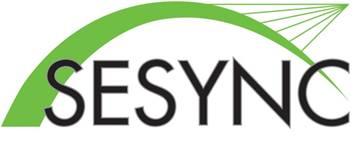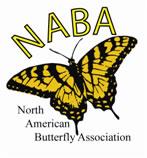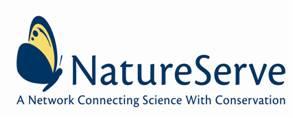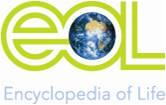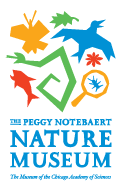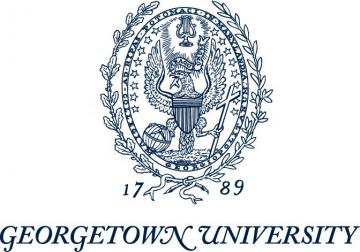Institutional Partners
The Socio-environmental Synthesis Center (SESYNC) is a research center in Annapolis, MD dedicated to creating synthetic, actionable science related to the structure, functioning and sustainability of socio-environmental systems. It does this in part by supporting the infrastructure of large data sources related to socio-environmental systems. SESYNC is part of the University of Maryland.
Butterflies and Moths of North America (BAMONA) is a project hosted by the Butterfly and Moth Information Network (BAMIN). This website gives information on all butterflies and moths in North America and is also a place where people can go to identify unknown species and also report sightings. BAMIN was a main partner for the initial development of web management tools for our network transect programs. They have also been involved in our work mapping species names and definitions, allowing data users to resolve differences between competing taxonomies.
NatureServe represents an international network of biological inventories-known as natural heritage programs or conservation data centers-operating in all 50 U.S. states, Canada, Latin America and the Caribbean. In addition to maintaining databases on threatened and endangered species and habitats, they develop data management systems to help meet local, national, and global conservation needs. NatureServe has collaborated with in developing our data standards and developing systems and programs to help support existing and new butterfly monitoring programs.
The Cornell Lab of Ornithology is a pioneer in developing systems to engage citizens in collecting and using biodiversity data. Through contacts in their lab, and also their Citizen-Science Central project, we work to ensure that the resources we develop meet the highest standards and can reach the widest audiences.
The home base of the Illinois Butterfly Monitoring Survey, run by Doug Taron. Doug started the first transect-based citizen-science program in the US. Since then, he has been the main person recruiting new groups to start their own regional program. The Peggy Notaebart Nature Museum has been instrumental in helping expand participation in butterfly monitoring by supporting the efforts of new groups to learn about the process of starting their own program.
Georgetown University is the current institutional home of the Butterly Network. The program supporting the North American Butterfly Monitoring Network is based in the Butterfly Informatics Lab at Georgetown University, which is headed by NABMN Project Director Dr. Leslie Ries. This group liaises with regional program directors and coordinates regular leadership meetings to ensure program needs are met to the best of our capacity.


